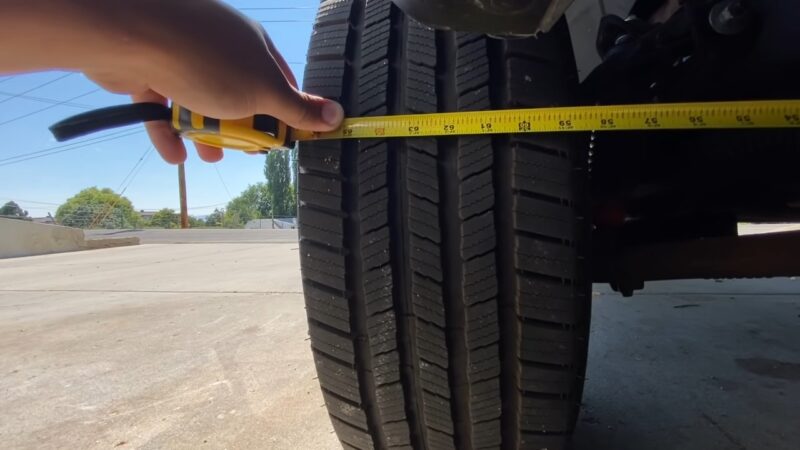To help your vehicle drive in the safest and best condition possible, it is important to make sure that you have the wheel alignment and the wheel balancing checked on a regular basis. Many drivers ignore the signs of a lost alignment or balancing, and as a result, they will find their vehicles are difficult to keep going straight down the road.
You may be asking: “What happens if you don’t balance your tires?”
Imperfections, blemishes in the rubber, and damage to a tire or rim can throw a wheel “out of balance.” That means that one section of the tire or rim is heavier than another.
Some of the signs to watch for include swerving from side to side while driving on a straight road, feeling every little rock on the road, vibrations in the steering wheel, and the feeling that the steering wheel is too loose
. At higher speeds, an unbalanced tire will begin to shake and cause vibration in the steering wheel. This will eventually damage your tires, your suspension system, and steering system.
How is a tire balanced? One wheel at a time is removed from the car and placed on a computerized machine and spun around to determine which side is the heaviest. A small lead weight is then attached to the tire to counter-balance any heavy spots.
Once the weight is the same on all sides of the wheel, the wheel will spin on the machine with ease. You should have your wheels balanced any time your tires are repaired or rotated.
Many drivers are not sure if their vehicle has lost its alignment or a wheel has lost its balance as many of the signs are similar. Your tire service shop can determine what is needed and take care of it quickly and easily.

The Importance of Regular Maintenance
Regular maintenance checks, including tire balancing and alignment, are crucial for the optimal performance of your vehicle. These checks help identify minor issues before they escalate into major problems that could lead to costly repairs.
Regular maintenance not only ensures the longevity of the vehicle but also contributes to safer driving. For instance, well-balanced and aligned tires provide better road grip, ensuring a smoother and safer ride.
The Process of Wheel Alignment

Wheel alignment refers to the adjustment of the vehicle’s suspension, the system that connects the vehicle to its wheels. It is not an adjustment of the tires or wheels themselves, but of the angles of the tires which affect how they contact the road.
The process involves three primary measurements: camber, caster, and toe. These measurements are adjusted to match vehicle manufacturer’s specifications, ensuring optimal tire performance and steering control. Misalignment can lead to issues like uneven tire wear and the vehicle pulling to one side.
The Consequences of Ignoring Wheel Alignment and Balancing
Ignoring wheel alignment and balancing can lead to a host of problems. Misaligned wheels can result in uneven tire wear, reducing the lifespan of your tires and leading to potential safety risks. It can also cause the vehicle to pull to one side, making driving more difficult and potentially dangerous.
Unbalanced tires can lead to vibrations in the vehicle, particularly at high speeds, which can be uncomfortable and distracting. Over time, these issues can lead to reduced fuel efficiency and potential damage to other parts of the vehicle, such as the suspension and steering systems.
The Signs of Misalignment

There are several signs that might indicate a misalignment problem. Uneven tire wear is a common sign, where one side of the tire wears out faster than the other. The vehicle pulling to one side, even when you’re trying to drive straight, is another indication of potential misalignment.
A steering wheel that is off-center when driving straight can also be a sign of misalignment. Other signs include a steering wheel that doesn’t return to center after a turn or a steering wheel that is vibrating. If you notice any of these signs, it’s important to have your vehicle checked by a professional technician to ensure your safety on the road.
Final Words
In conclusion, maintaining the balance and alignment of your vehicle’s wheels is not just a matter of performance, but also of safety and cost-efficiency. Regular maintenance checks are essential to detect and correct any issues early on, preventing minor problems from escalating into major, costly repairs.
Ignoring signs of misalignment or imbalance can lead to a host of problems, including uneven tire wear, reduced fuel efficiency, and potential damage to the vehicle’s suspension and steering systems.
